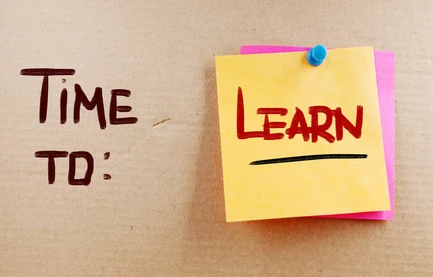Yoga Alliance Makes Significant Updates to Distance and Continuing Ed Standards

Yoga Alliance recently made some significant updates to its continuing education standards for yoga teachers, which became effective January 1, 2015. While the changes may appear small on the surface, they are likely to have a considerable positive impact on the development of yoga as a profession going forward.
Most significantly, Yoga Alliance updated the standards for non-contact hours for long distance ed to be on par with that of the distance ed standards for allied health professions, such as physical therapists, nurses, and doctors.
As of January 1, long distance education hours (non-contact hours) now count at a 1:1 ratio. This has been the ratio for long distance standards for other professions for quite some time now, but until this change, long distance ed for yoga teachers was counted on a 5:1 ratio, which meant that to get one distance ed credit from distance learning, 5 hours of distance ed study was necessary.
In other words, with the new system, now for every hour of distance ed you take, be it online or similar, you get a full hour of credit towards the continuing education Yoga Alliance requires yoga teachers to take—up to a total of 20 non-contact hours. (All teachers are required to take 30 hours of continuing education, but a full 20 hours of those can be non-contact hours in the form of distance ed.)
“Self-directed study can be effective for professional maintenance learning,“ Yoga Alliance wrote in an announcement of the changes. “We believe that all yoga teachers, no matter their experience or knowledge level, stand to benefit from continual learning and from studying with teachers with extensive experience.”
The second part of the changes was a significant upgrade in the experience required for a teacher to be considered a valid Continuing Education Provider by Yoga Alliance. As of January, only yoga teachers with an active registration with Yoga Alliance at the E-RYT level are qualified to offer continuing education for yoga teachers.
This is an upgrade from previous standards, in which RYT500 yoga teachers qualified to be a Continuing Education Provider. It’s not impossible for a yoga teacher with the RYT 500 designation or for other faculty to qualify as a CE Provider, but they have to meet additional criteria. This means that they have to have “a relevant degree or certification, or substantial education in an area of expertise that is related to one of the Yoga Alliance® Educational Categories.” The CE Provider must also have substantial teaching experience (500+ hours) and/or the equivalent of two years of relevant experience in that area.
In addition, the requirements for Other Faculty (non-Registered Yoga Teacher [RYT®] trainers) for Registered Yoga Schools (RYS®s) were also updated and required to meet the same criteria.
Also, going forward, Continuing Education reporting is required for all RYT®s and E-RYT®s, regardless of experience. Previously, E-RYT 500s with more than 5,000 hours of teaching experience were exempt from reporting their Continuing Education.
So what does it all mean? Well, on the one hand, the bar has been raised for what it takes to be qualified to offer Continuing Ed credits, which means the quality of continuing ed programs for yoga teachers will likely go up as well. At the same time, because distance ed and online learning now qualifies on a 1:1 ratio, so you get a full hour of credit for every online hour of study, high quality distance learning offering continuing education for yoga teacher is made more attractive and accessible.
Going forward, this is great news for YogaU subscribers, because most all of the teachers at YogaUOnline meet the requirements to be a Continuing Education Provider. In short, going forward, for each online course you take with YogaUOnline, around 2.5 hours can be counted as continuing ed.
Be sure to look to our online courses with leading national yoga teachers for an easy way to enhance your yoga teaching skills, while meeting the CE requirements for your yoga teaching registration with Yoga Alliance. And, if you haven’t checked out our Unlimited Access program for the upcoming semester, be sure to do so here. It gives you an easy and affordable way to accumulate the full 20 hours of non-contact continuing ed hours you need to stay registered as a yoga teacher.



